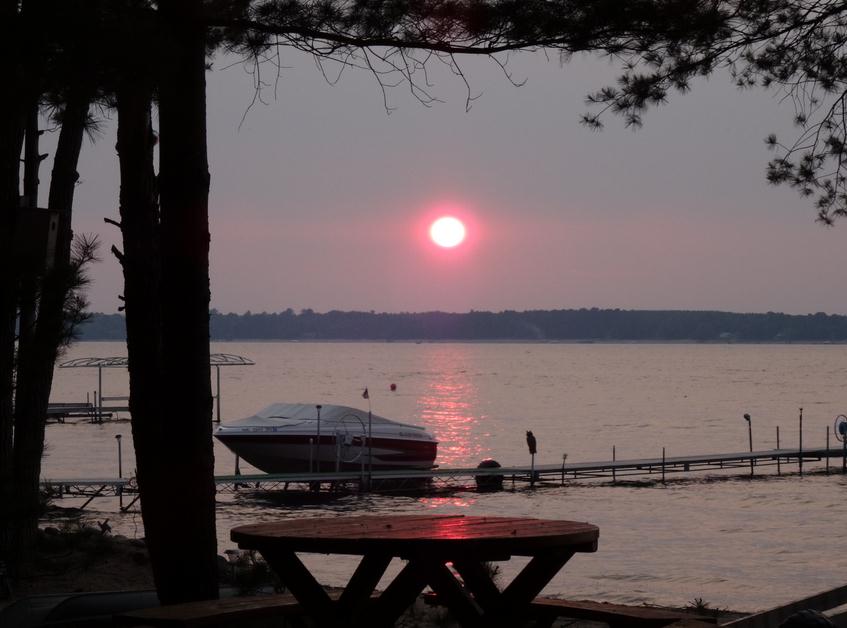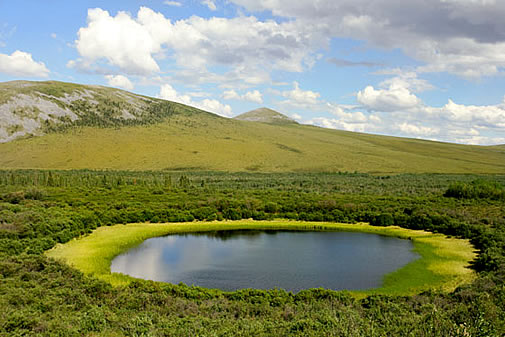43 F. high in the Twin Cities Sunday.
47 F. average high on March 27.
36 F. high on March 27, 2015.
.07" rain fell yesterday at KMSP.
March 28, 1924: A drought is broken with style in southern Minnesota as up to 25 inches of snow falls.
Maps Look Like Spring - With One (Brief) Exception
"A day without sunshine is like, you know, night" joked Steve Martin.
Could you live in a place that's gray most of the time? My oldest son lives in Seattle, a stunning city, when the sun is out. Which is once or twice a month, according to Walt. He gives me a hard time about Minnesota's cold fronts. I text him photos of blue sky and stunning sunsets.
There's a possible link between vitamin D deficiencies and depression, the leading cause of disability, worldwide - impacting an estimated 15 million Americans. I'm no doctor (or rocket scientist) but there's little doubt people tend to be happier when the sun is out.
Sorry son, I'll take 30F and sunny over 55F and perpetually-gray.
A surge of spring returns the first half of this week as temperatures climb toward 60F; showery rains Tuesday night into Wednesday. The much-advertised polar smack next weekend is nothing to hyperventilate about. Highs hold near freezing Sunday, then rebound into the 40s and 50s. GFS guidance hints at 60s again in 9 days.
But Sunday will be heavy-jacket-worthy, bringing back brisk memories of February. Did I mention the sun will be out?

Vitamin D and Depression: Where Is All The Sunshine? Here's a relatively recent study into vitamin D deficiencies and a potential link to depression; hardly a surprise to anyone suffering from SAD (Seasonal Affective Disorder). Here's an excerpt of a paper at The National Center for Biotechnology Information: "...Assessment of vitamin D status will need consideration of other factors, such as light therapy and sun exposure. Exposure to sunlight accounts for over 90% of the vitamin D requirement for most individuals (Holick, 2004). Amount of exposure to ultraviolet B radiation is affected by latitude, season, and time of the day. It has been reported that sun exposure is greatest in spring to early fall and during sunlight hours (Holick, 2004). Although places closer to the equator have greater sun exposure (Hawaii, Arizona, Florida), recently it has been reported that in even in these areas vitamin D insufficiency persists (Binkley et al., 2007; Jacobs et al., 2008; Levis et al., 2005). Since it is possible that persons who are outdoors may be more physically active, it is important to consider whether sunshine alone or in combination with physical activity is related to improved mood...."
Disaster-Ready. FEMA has a new app that seems like a good addition to your smartphone - like insurance you don't need it until you need it. You can load a few different locations and have all the information you need at your fingertips, even if the power goes out. The old Boy Scout motto comes to mind. Be Prepared.
Image credit above: "Projections of various forecast models for the evolution of SSTs in the Niño3.4 region over the next few months. These forecasts were compiled and released in mid-March. El Niño is in place when SSTs are at least 0.5°C above average for five overlapping three-month periods. La Niña is defined the same way, except that SSTs are below rather than above average. The bottom axis shows abbreviations for three-month intervals (e.g., JJA is June-July-August)." Image credit: International Research Institute for Climate and Society.

Howard's Daily: Finding Infrastructure in the Stimulus Plan. Huffington Post Politics had an article with some stats that made me do a double-take; here's a link and excerpt: "...Probably
the wisest investment is in rebuilding America’s decaying
infrastructure. This was the focus of the president’s push for the
stimulus back in 2009, and also the headliner in the report issued
yesterday: The stimulus “initiated more than 15,000 transportation
projects, which will improve nearly 42,000 miles of road, mend or
replace over 2,700 bridges, and provide funds for over 12,220 transit
vehicles,” plus improving 6,000 miles of rail. These all sound like good
investments to me, but I was curious how much of the stimulus plan went
to these transportation infrastructure projects. Toward the back of the
report (Table 8 on p. 34) there’s a chart that gives the number: $30
billion. That’s a little more than 3 percent of the total stimulus plan..." (Image: NASA)
TODAY: Mostly sunny and stunning. Winds: S 5-10. High: 56
MONDAY NIGHT: Partly cloudy. Low: 39
TUESDAY: Mild wind, late-day showers, thunder? Winds: SE 15-25. High: 61
WEDNESDAY: Wettest day in sight. Rain likely. Winds: E 10-15. Wake-up: 48. High: 51
THURSDAY: Showers taper, damp breeze. Winds: NW 10-20. Wake-up: 38. High: 47
FRIDAY: Mostly cloudy, sprinkle or flurry. Winds: NW 10-20. Wake-up: 33. High: 43
SATURDAY: Colder front approaches, gusty. Winds: NW 15-25+ Wake-up: 35. High: 44
SUNDAY: Chilled sunshine - we can handle this. Winds: NW 8-13. Wake-up: 24. High: 34
Climate Stories...

File image above: NASA.
Carbon Emissions Highest in 66 Million Years, Since Dinosaur Age. Here's the lead to a story at Reuters: "The rate of carbon emissions is higher than at any time in fossil records stretching back 66 million years to the age of the dinosaurs, according to a study on Monday that sounds an alarm about risks to nature from man-made global warming. Scientists wrote that the pace of emissions even eclipses the onset of the biggest-known natural surge in fossil records, 56 million years ago, that was perhaps driven by a release of frozen stores of greenhouse gases beneath the seabed..."
Photo credit above: "A chimney is seen in front of residential buildings during a polluted day in Harbin, Heilongjiang Province, China, January 21, 2016." Reuters/Stringer.
Meteorologists Overwhelmingly Conclude Climate Change is Real and Human-Caused. Here's an excerpt from Jason Samenow at Capital Weather Gang: "...Seventeen percent of respondents to the survey said their views about climate change had changed over the past five years and, of those, most (87 percent) said they are more convinced than ever that human-caused changes are happening. They were most persuaded by new peer-reviewed studies, the growing scientific consensus on climate change, and evidence of climate change where they live. “[I]t does appear that more meteorologists are now more convinced that human-caused climate change is happening,” said Ed Maibach, lead author of the survey findings and director of George Mason’s Center for Climate Change Communication..."
Map credit above: "Winter 2015-2016 temperature differences from average over globe." (NOAA).
Image credit: "Miami Beach has put into action an aggressive and expensive plan to combat the effects of sea level rise. As some streets keep flooding from recent king tide events, the city continues rolling out its plan of attack and will spend between $400-$500 million over the next five years doing so." Emily Michot.
No comments:
Post a Comment